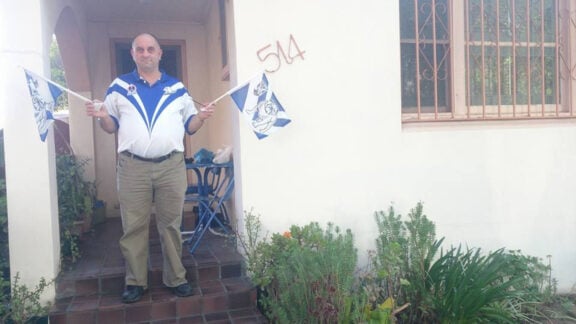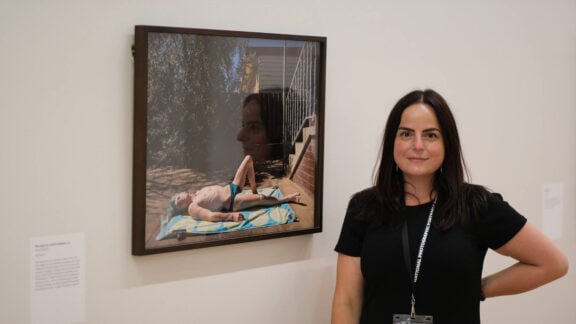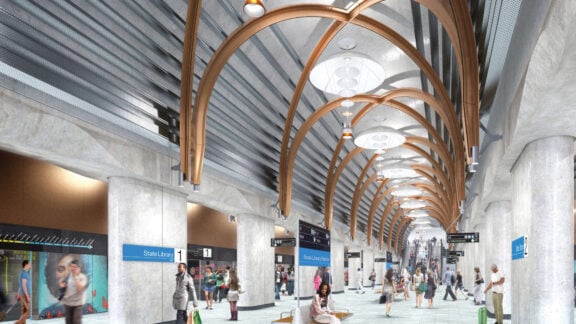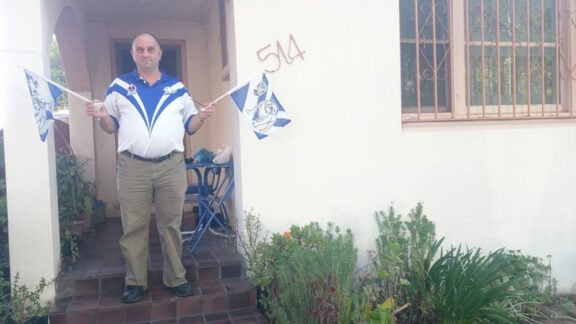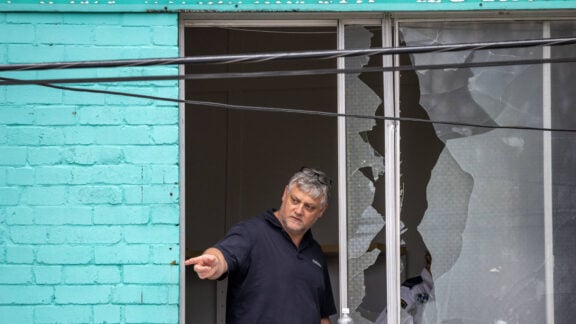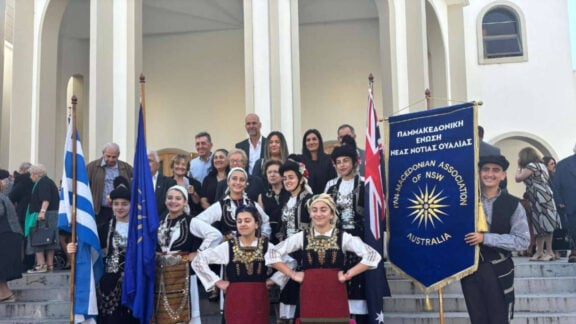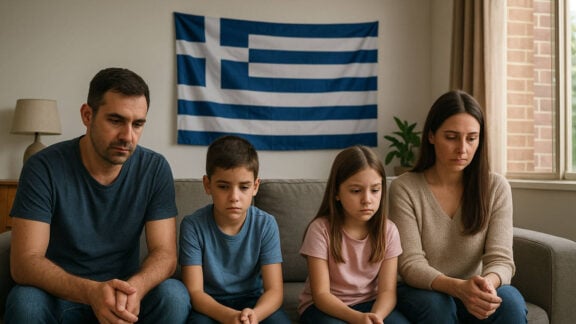In July, Neos Kosmos shared news of a groundbreaking collaboration between RMIT, SydWest Multicultural Services, Settlement Services International, and PRONIA. The initiative connects first-year engineering students with community groups in Victoria and New South Wales to address local challenges.
Now, this Australian-first engineering program has been extended until 2030, with funding increased from $10,000 to $40,000 per year, bringing the total to $210,000 over the next six years.
Co-leader of the project, Dr. Spyros Schismenos, spoke with Neos Kosmos about the students’ efforts and the significance of the increased funding, not only for the students but also for the communities they serve.

“What we actually do is our students work with the communities to address local needs. This can be for example the housing crisis, climate extremes, energy, hoarding,” he explained.
The course Dr. Schismenos coordinates includes over 1,500 students. With additional funding, more students will be able to develop ideas, collaborate with communities, and potentially pursue master’s degrees, PhDs, or even launch startups.
He said that doing this project with first year students can help them understand from an early stage that they need to have “empathy, humility, cross cultural humility, to understand what the people want.”
“Personally, I’m extremely happy because this is what humanitarian engineering stands for. If I could describe it in three words, it’s ‘engineering with people’.”

“Engineers should not assume what the communities want, what are their needs and then build a prototype in a lab. That’s not what humanitarian engineering should be.
“We work with the communities, we try to empathise with them. We try to understand what their capabilities are and what their vulnerabilities and needs are.
“Together we work for a sustainable solution because we want the communities to have the ownership of the solution. We want the communities to be able to work with the solution, assemble it, disassemble it, repair it, even after the engineers leave.”

Engaging with communities
Last month, 20 students visited Blacktown, NSW, where they met with culturally diverse seniors. Among several community challenges, hoarding emerged as a key concern.
Hoarding can affect neighbouring residents, leading to issues such as infestations, lack of space, and unpleasant odors. Schismenos shared that the students are currently developing wearable technology to address this issue.
“The students are working on a wearable device to assist either hoarders or neighbors living near hoarding areas, helping them detect infestations and promote hygiene,” he said.
The prototype is still in development, and once finalised, he promised to share more details with Neos Kosmos.

Future expansion
Next year the program will be expanding to Dandenong in Victoria with hope for more communities in the future.
As for the future of humanitarian engineering as a whole, there is a place for it beyond Australian shores.
“Humanitarian engineering is relatively new in in Europe, not many people are familiar with the term and what we do, especially in Greece, where we see all these disasters,” Schismenos said.
He is eager to explore collaborations with universities and city councils across Greece, particularly in disaster-prone areas, stressing the need for community involvement in disaster preparedness.
“There will always be disasters. We can’t always predict the severity of a disaster, so preparation is the key and that’s great, but in the preparation, the local community members should be involved.”
“The local community members should be able to understand how to use tools before the emergency response comes, because sometimes the emergency response cannot come or it takes a few minutes or more than a few minutes and this can be critical for the lives of the people who live in vulnerable and disaster-prone areas.”

